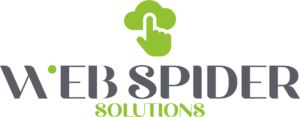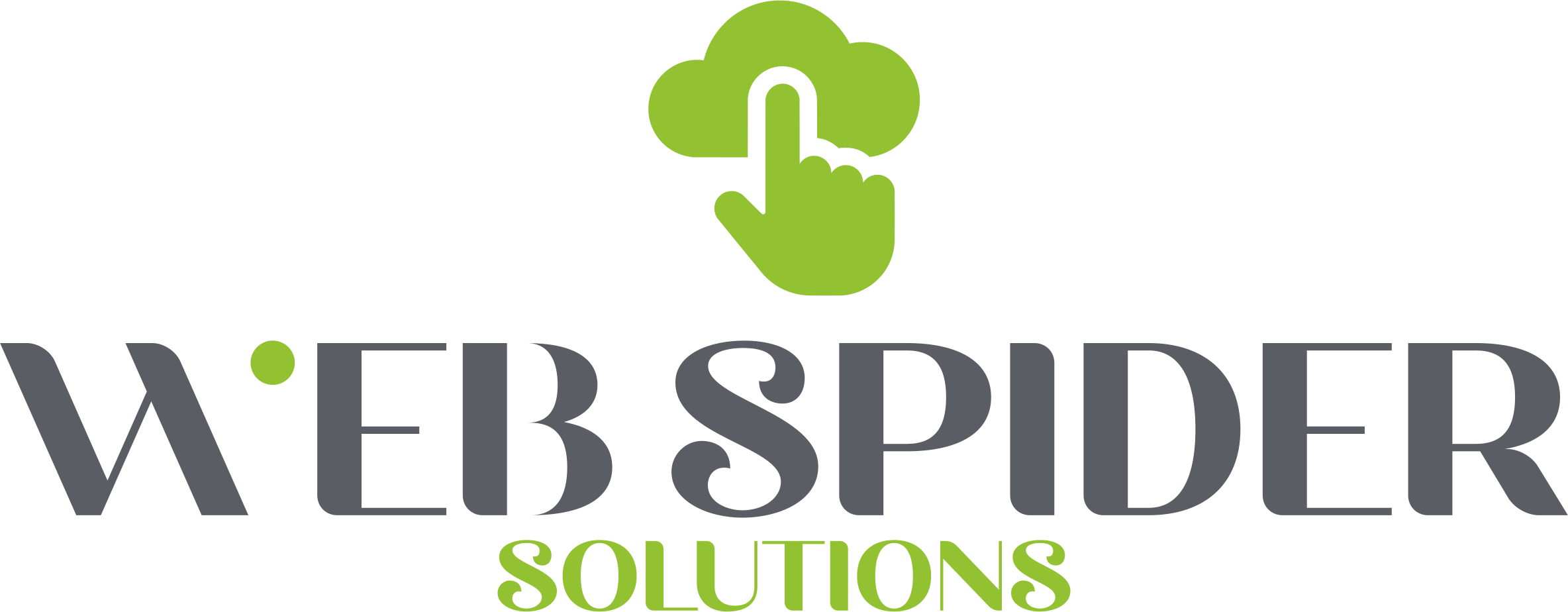With respect to optimizing your SaaS website for search engines, steering clear of common SEO mistakes is crucial for staying ahead in 2024. To ensure that your software-as-a-service platform ranks well and reaches your target audience effectively, understanding and avoiding these pitfalls is necessary. Let’s explore into the top 10 common SaaS SEO mistakes that you should be aware of and steer clear from to maximize your online visibility and success.
Table of Contents
Ignoring User Intent
Misinterpreting searcher behavior
For a successful SaaS SEO strategy, understanding user intent is crucial. Misinterpreting searcher behavior can lead to targeting the wrong keywords and providing content that does not match what users are looking for. Take the time to research and analyze the intentions behind specific search queries to tailor your content effectively. By aligning your content with user intent, you can improve your website’s visibility and attract more relevant traffic.
Overlooking keyword context
On the path of optimizing your SaaS website, overlooking keyword context is a common mistake that can hinder your SEO efforts. It is not just about including keywords in your content; it’s crucial to consider the context in which these keywords are used. By overlooking keyword context, you may miss out on valuable opportunities to rank for relevant search terms and connect with your target audience effectively.
It is necessary to conduct thorough keyword research to understand how users are searching for information related to your SaaS product or service. By considering the context in which keywords are used, you can create more targeted and relevant content that resonates with your audience and improves your SEO performance.
Neglecting Mobile Optimization
Poor mobile usability
If your SaaS product’s mobile site is challenging to navigate, users will quickly become frustrated and leave. Poor mobile usability can include tiny buttons that are difficult to tap, text that is too small to read, or a cluttered layout that makes it hard to find information. Ensuring a seamless and intuitive mobile user experience is important for retaining and attracting users.
Slow mobile load times
Any delays in loading your SaaS product on mobile devices can result in a high bounce rate and poor user experience. Users expect fast load times, and if your site fails to deliver, they will seek alternatives. Mobile load speed is also a crucial factor in Google’s search ranking algorithm, so optimizing your site for quick loading on mobile is important for both user satisfaction and SEO rankings.
Mobile optimization is no longer just a nice-to-have for SaaS companies. It is a crucial component of a successful SEO strategy. By focusing on improving mobile usability and optimizing load times, you can enhance user experience, increase engagement, and boost your search engine rankings.
Overlooking Local SEO
Forgetting local listings
Not paying attention to local listings can be a grave mistake for SaaS companies looking to improve their SEO in 2024. Local SEO is crucial for businesses targeting a specific geographical area. Ensuring your SaaS company is listed accurately on platforms like Google My Business can significantly boost your visibility in local search results.
Ignoring regional keywords
If you overlook regional keywords in your SEO strategy, you’re missing out on a valuable opportunity to connect with potential customers in specific locations. You’ll want to incorporate keywords that reflect the regions you serve to capture local search traffic effectively.
It’s imperative to conduct thorough keyword research to identify popular regional search terms related to your SaaS offerings. By incorporating these keywords into your website content, meta tags, and other SEO elements, you can signal to search engines that your SaaS company is relevant to users in those regions.
Skimping on Content Quality
Thin or duplicate content
One of the most common SaaS SEO mistakes to avoid is skimping on content quality, particularly by publishing thin or duplicate content. Thin content that lacks depth and value not only fails to engage your audience but is also frowned upon by search engines. Similarly, duplicate content across your website can harm your SEO efforts, as search engines prefer original and relevant content.
Failing to update regularly
To maintain a strong online presence and keep up with SEO best practices, it’s crucial to update your SaaS content regularly. Failing to do so can not only lead to outdated information but also negatively impact your search engine rankings. Regular updates demonstrate to search engines that your website is active and relevant, improving your chances of ranking higher in search results.
One way to avoid this mistake is to establish a content calendar and schedule regular updates to your SaaS content. This can include adding new blog posts, updating product pages, and refreshing existing content to ensure it remains accurate and valuable to your audience.
Ineffective Keyword Strategies
Using irrelevant keywords
Once again, one of the common SaaS SEO mistakes to avoid in 2024 is using irrelevant keywords. An effective keyword strategy is crucial for driving traffic to your SaaS website, but using keywords that do not align with your services or target audience can harm your SEO efforts. Make sure to conduct thorough keyword research to identify the most relevant and high-performing keywords for your SaaS business.
Not using long-tail keywords
Using long-tail keywords is imperative for optimizing your SaaS website’s SEO performance. Any SaaS business that overlooks the power of long-tail keywords is missing out on valuable opportunities to reach a more targeted audience. Long-tail keywords are more specific and have less competition, making it easier to rank higher in search engine results and attract qualified leads to your website.
Overlooking Technical SEO
Ignoring crawl errors
While many SaaS businesses focus on optimizing keywords and creating quality content, they often overlook the importance of addressing crawl errors on their website. Ignoring crawl errors can negatively impact your search engine rankings and prevent search engine bots from properly indexing your website.
Neglecting site structure
For an effective SEO strategy, having a well-structured site is crucial. Neglecting site structure can lead to poor user experience, slow loading times, and difficulty for search engines to navigate your website efficiently. This can result in lower rankings and decreased visibility in search results.
You can improve your site structure by organizing content logically, implementing clear navigation, optimizing URL structures, and creating XML sitemaps. These practices not only benefit SEO but also enhance user experience, leading to higher engagement and conversion rates.
Underestimating Link-Building Importance
Few inbound links
The number of inbound links pointing to your SaaS website directly impacts its search engine rankings. Having few inbound links can significantly hinder your SEO efforts. It is crucial to actively work on building a diverse and high-quality link profile to improve your site’s credibility and authority in the eyes of search engines.
Low-quality backlinks
One common mistake in link-building is acquiring low-quality backlinks. These are links from spammy or irrelevant websites that can harm your site’s reputation and visibility on search engines. It’s important to focus on quality over quantity when it comes to backlinks, ensuring that they come from reputable sources relevant to your industry.
Plus, engaging in black hat SEO tactics like buying backlinks or participating in link schemes can result in severe penalties from Google, leading to a drop in your search rankings. It’s important to conduct regular audits of your backlink profile and disavow any harmful links to maintain a strong and healthy link profile. Bear in mind, quality backlinks from authoritative sites will always outweigh a large number of low-quality backlinks.
Overusing Jargon and Technical Terms
Not user-friendly language
Many SaaS companies make the mistake of overloading their website with technical jargon and industry-specific terms that can be confusing for the average user. This not only complicates the user experience but also makes it difficult for search engines to understand and index the content properly.
Alienating non-technical audience
Clearly, using too much technical language can create a barrier between your product and potential customers who may not be familiar with industry-specific terms. You’ll risk alienating a significant portion of your audience by assuming they are experts in your field.
It is important to strike a balance between providing detailed information for technical users and simplifying your language for a broader audience. By making your content more user-friendly and accessible to all, you can improve your SEO by reaching a wider range of potential customers.
Mismanaging SEO Tools and Software
Over-relying on automated solutions
Tools are incredibly useful in streamlining SEO tasks and uncovering opportunities, but over-reliance on automated solutions can lead to missed insights and strategic errors. While automation can expedite processes, human oversight is crucial to interpret data accurately and make contextually relevant decisions.
Not leveraging analytics fully
While advanced SEO tools provide intricate analytics, many businesses fail to fully leverage this data to drive their strategies. For instance, focusing solely on vanity metrics like traffic without diving deeper into user behavior and conversion rates can result in misguided optimization efforts.
Ignoring Platform Integrations
Not integrating social media
Ignoring the power of social media integrations can be a grave mistake for SaaS companies in their SEO strategies. Social media platforms offer a vast pool of potential customers and invaluable opportunities for engagement. By integrating social media into your SaaS platform, you can increase brand visibility, drive traffic to your website, and improve user engagement. Leveraging social media can also enhance your SEO efforts through increased backlinks, social signals, and user-generated content.
Overlooking CRM synergies
Assuming that your Customer Relationship Management (CRM) system is a standalone tool separate from your SEO strategy can lead to missed opportunities for optimization. Overlooking the synergies between CRM data and SEO efforts can hinder your ability to target and engage with your audience effectively. By integrating your CRM data with your SEO strategy, you can create personalized content, target specific customer segments, and improve conversion rates. Leveraging CRM insights in your SEO approach can also enhance your keyword research, content strategy, and overall campaign performance.
To wrap up
Following this guide on the 10 common SaaS SEO mistakes to avoid in 2024 will help your SaaS company achieve better visibility, drive more organic traffic, and ultimately increase conversions. By steering clear of these pitfalls, you can position your brand for success in the competitive online marketplace. Remember to continually monitor and adjust your SEO strategies to stay ahead of the game and ensure sustainable growth for your SaaS business.






